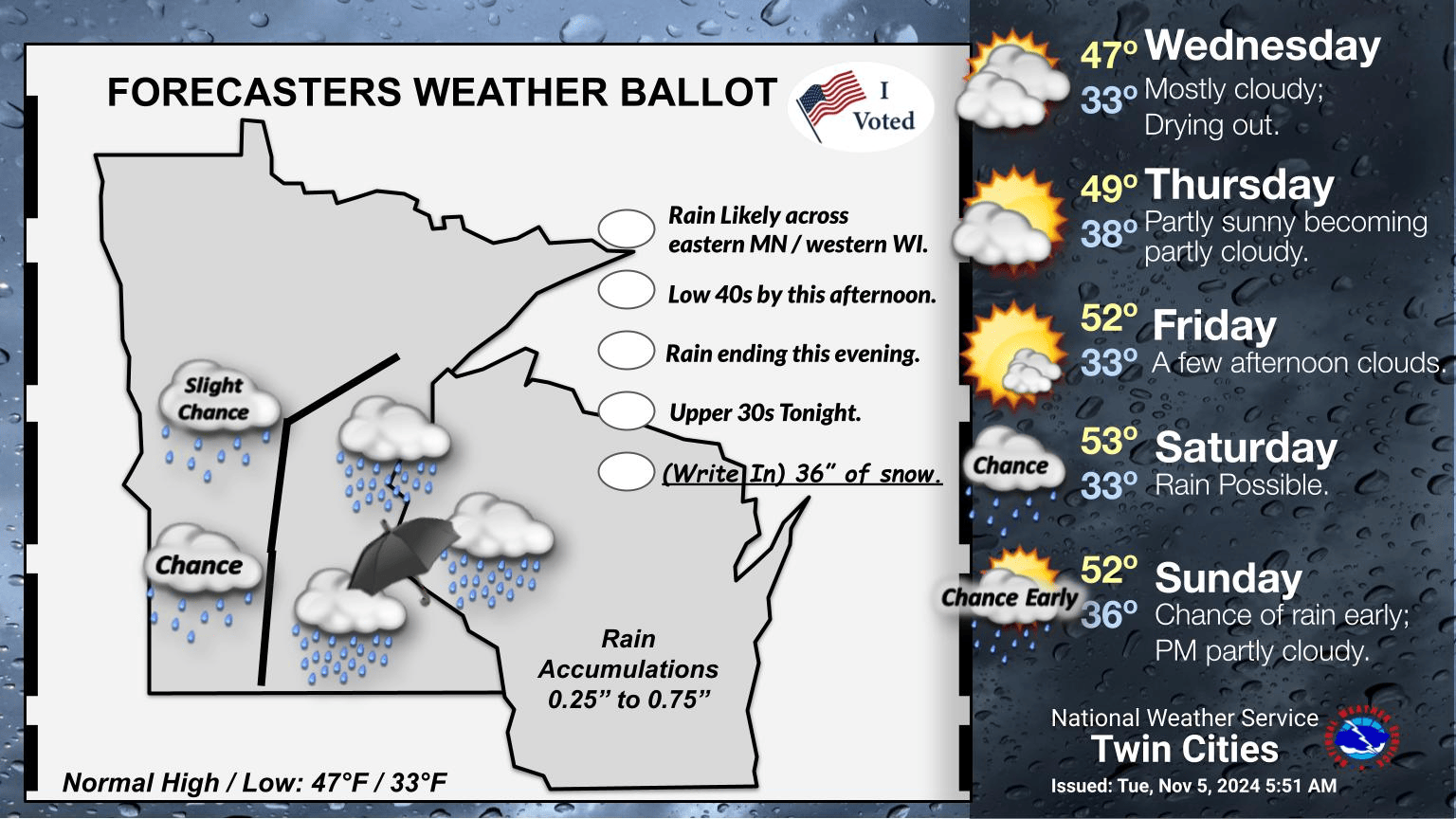How Reliable Are Veterinary Watchdog Reports?

Table of Contents
Sources of Veterinary Watchdog Reports
Several organizations publish veterinary watchdog reports, each with its own methodologies and potential biases. Understanding these sources is the first step in evaluating the reports' reliability. Key sources include:
-
Government Agencies: These agencies, such as state veterinary boards or federal agencies (depending on your location), often hold official records of veterinary complaints and disciplinary actions. Their data is usually considered reliable due to its official nature, but updates can be slow, and the information might not always be readily accessible to the public.
-
Professional Organizations: Professional veterinary organizations like the American Veterinary Medical Association (AVMA) may publish reports on industry standards, best practices, and ethical conduct. While these reports often reflect industry norms, it's important to be aware of potential biases stemming from the organization's inherent interest in maintaining a positive image for the profession.
-
Consumer Advocacy Groups: These groups, dedicated to protecting animal welfare and consumer rights, actively investigate and report on veterinary malpractice cases. Their focus is on consumer protection, but this can sometimes lead to sensationalism or a focus on individual cases rather than larger trends. They often rely on anecdotal evidence and may not have the same resources as governmental agencies.
Evaluating the Credibility of Veterinary Watchdog Reports
Critically assessing veterinary watchdog reports is crucial. To determine a report’s reliability, consider these factors:
-
Source Credibility: Check the author's credentials and potential biases. Is the organization known for objective reporting, or do they have a particular agenda? Look for transparency in funding and affiliations.
-
Methodology: Examine the data sources and methodology used. Was the data collected systematically? What sample size was used? Were statistical methods appropriate? A well-conducted study will clearly outline its methodology.
-
Data Transparency: Look for transparent data presentation and analysis. Are the data and methods clearly presented? Can you easily understand the conclusions drawn? Omission of data or unclear analysis is a red flag.
-
Comparative Analysis: Compare the findings with other reports on the same topic. Do other reputable sources corroborate the findings? Discrepancies between multiple reports should prompt further investigation.
Common Limitations and Biases in Veterinary Watchdog Reports
Even reputable sources can have limitations and biases. Be aware of:
-
Underreporting: Many incidents of veterinary malpractice might go unreported due to fear of retaliation or lack of awareness of reporting mechanisms. This leads to an incomplete picture of the true extent of the problem.
-
Anecdotal Evidence: Relying heavily on individual case studies (anecdotal evidence) can be misleading, as it doesn't represent the larger population.
-
Selection Bias: The way cases are selected for inclusion in the report can skew the results. For example, focusing only on negative experiences can create a distorted view of veterinary care.
-
Confirmation Bias: The tendency to seek out or interpret information that confirms pre-existing beliefs can affect the reporting and interpretation of data.
Using Veterinary Watchdog Reports Effectively
Veterinary watchdog reports are valuable tools, but use them wisely:
-
Multiple Sources: Don't rely solely on one report. Cross-reference information from various sources (government agencies, professional organizations, consumer groups) to get a more complete picture.
-
Contextual Understanding: Consider the limitations and biases of each report when interpreting the findings. Don't jump to conclusions based on a single report.
-
Informed Questions: Use reports to identify potential risks and ask informed questions of your veterinarian. A good veterinarian will welcome open communication and address your concerns.
-
Constructive Dialogue: If you identify concerning trends or patterns in veterinary watchdog reports, use this information to initiate constructive dialogue with your veterinarian or relevant professional organizations.
Conclusion: Making Sense of Veterinary Watchdog Reports
Veterinary watchdog reports offer valuable insights into the quality of veterinary care, but they require critical evaluation. Consider the source, methodology, and potential biases inherent in each report. By using these reports responsibly and in conjunction with other information sources, you can become a more informed consumer of veterinary care. Share this article to help others learn how to critically analyze veterinary information and advocate for better animal health standards. Use your knowledge of veterinary watchdog reports to ensure your pet receives the best possible care!

Featured Posts
-
 Lavender Milk Nails Die Perfekte Farbe Fuer Fruehling Und Sommer
May 31, 2025
Lavender Milk Nails Die Perfekte Farbe Fuer Fruehling Und Sommer
May 31, 2025 -
 The Good Life What It Means And How To Live It
May 31, 2025
The Good Life What It Means And How To Live It
May 31, 2025 -
 Sanofi Acquisition De L Anticorps De Dren Bio
May 31, 2025
Sanofi Acquisition De L Anticorps De Dren Bio
May 31, 2025 -
 Northeast Ohio Election Day Weather Rain Likely
May 31, 2025
Northeast Ohio Election Day Weather Rain Likely
May 31, 2025 -
 Save Big On Spring Travel 30 Off Lavish Hotels
May 31, 2025
Save Big On Spring Travel 30 Off Lavish Hotels
May 31, 2025
